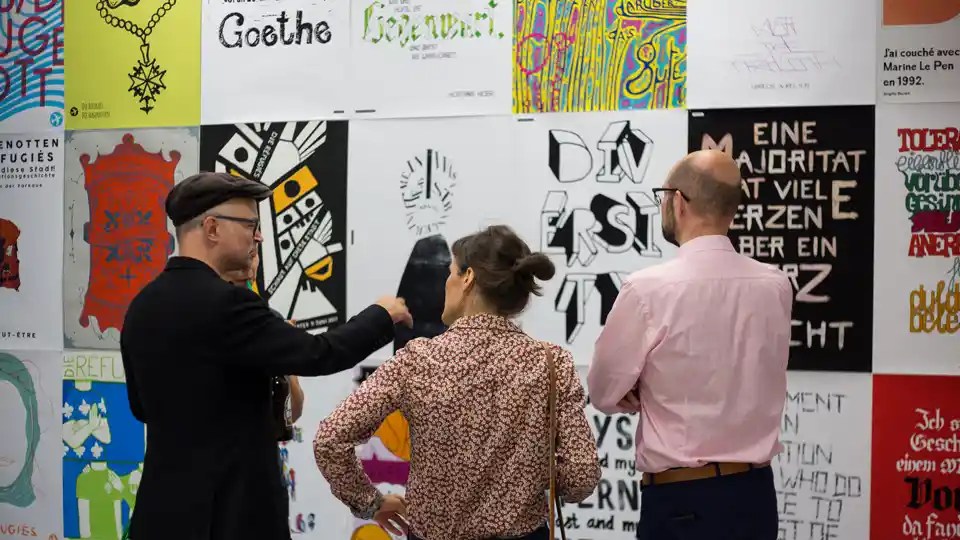
We are surrounded by designs in our everyday life which we subconsciously absorb. Pictures impact our emotions and invoke a response. This is cleverly used by brands to connect with customers through logos and media design.
Some popular brands that have aced global ubiquity are Coca-Cola, Apple and Google. Irrespective of nationality or even language, these brand designs speak for themselves. While the simplicity of Google’s design allows for familiarity, the sharp and minimal design of the Apple logo speaks of exclusivity.
Graphic designs are used to convey emotions and impact moods. Many brands use this factor to design creative visuals that have a profound impact on us. Who knew that emotions and digital media are so interconnected?
Use of emotions in Graphic design
It’s a human tendency to connect everything we encounter with emotions. We navigate the world based on how things and situations impact our mood, and visuals play a pivotal role in this. Seeing our old school building or even an old advertisement makes us feel nostalgic. Similarly, the bright colours used in McDonald’s media design bring a happy-go-lucky feel while Airbnb with its glorious digital media seeks out our adventurous side.
Brands use colour, design and visuals to directly impact the thoughts, decisions and behaviour of customers. Often the feel-good factor overpowers our rational faculty and we opt for products that visually appeal to us. While there are many different sportswear brands, Nike stands out with its ‘Just Do It’ campaign powered by visual storytelling. The brand focuses on powerful and inspiring visuals that focus on the struggles of artists and how they overcame them.
In short, these brands directly connect with the emotions of the audience and leverage them to position their product. Therefore, in a sea of other products and services, we will choose the brand that we identify with.
The different ways graphic design impacts our emotions
Unnoticed by us, many factors in a graphic design contribute to inciting an emotional reaction. The pattern, colour and even the aesthetic of a design provokes a certain response from us. Here is a breakdown of a few elements that make visuals so compelling.
Colour theme
Colour influence on emotion is very powerful and has a big impact on audiences. Colours also have a psychological impact and therefore influence us accordingly. For example, the German skincare brand, Nivea, has stuck to its dark blue shade that goes well with its ‘snow white’ cream. That particular shade of blue is rich, vibrant and denotes trustworthiness which the brand largely focuses on. On a similar note, can you imagine the vibrant red of Coca-Cola replaced by pale pink or beige? While the product would remain the same, its appeal would be completely lost.
Aesthetic
Apart from colour in graphic design, aesthetics also play a very important role in making a visual appealing. While colours directly impact us, aesthetics impact us at a visceral level. Therefore, they don’t only determine whether we are attracted to a visual design, logo or picture, but also influence whether we feel positive or negative about it.
Remember when Adidas changed its logo design where the colours remained the same but the shape changed? As customers, we reacted strongly to even the slightest re-adjustment in the logo. Similarly, imagine the silhouette of the famous Apple design with a bite mark on it that we associate with. Can you picture the same design with a full apple as Rob Janoff, the designer had earlier intended?
Understanding the audience
Perhaps the most important factor that you need to keep in consideration is the audience itself. The visual appeal of what you are creating will be of no impact if you don’t understand your audience and their taste.
While the steely and cool shades of Apple appeal to a tech-savvy audience, parents respond to the gentle and warm hues of baby care product, Huggies. Organisations like WWF and PETA use moving imagery to incite pain and sadness which aims to make us think about the environment.
Every graphic design that we encounter in our life, be it the logo of a famous brand or on a random website, makes us feel something. This emotional factor is the driving force that compels designers and artists to think out-of-the-box and create original and effective media designs.
Designing is a vast and exciting field that offers a lot in terms of learning and professional prospects. If you are keen to be a part of this sector then check out New Media Design, Master of Arts (MA) offered by the University of Europe for Applied Sciences (UE).
This MA programme will teach students how to effectively transform communication in virtual and physical spaces. You will get to explore the application of different design solutions in a classroom setup where individual development remains the focal point. Students will also have the opportunity to gain an internship with leading brands like Canon, Wired, Monopol and others that UE Germany has collaborated with.